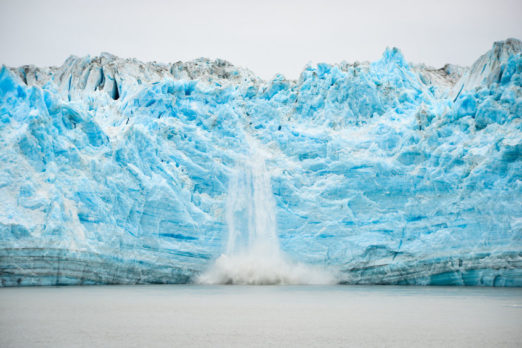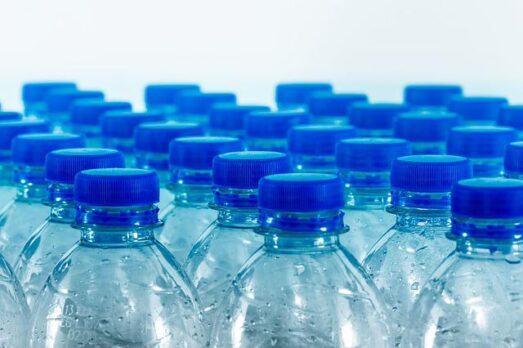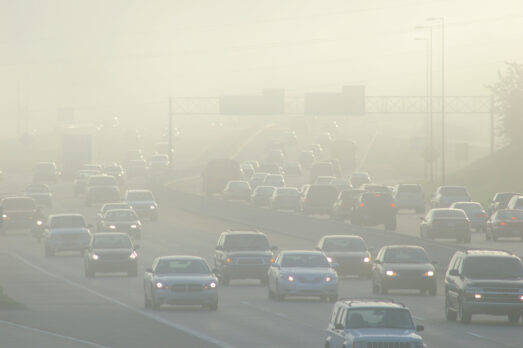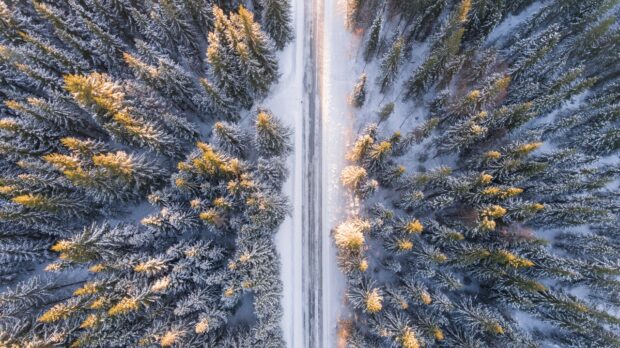
Scientists worldwide see indisputable evidence that the earth is warming, and in some cases rapidly. Human activities, such as the burning of fossil fuels for electricity, heat, and transportation, are responsible for releasing the majority of greenhouse gases into the atmosphere. This, in turn, has been the dominant cause of the observed planetary warming since the mid-20th century.
One of the most significant ways that climate change is affecting the world is by melting glaciers. Arctic sea ice has thinned significantly over the past half-century, and its extent has declined by about 10 percent in the past 30 years
A key driver of sea-level rise is the melting of land-based ice caps and glaciers worldwide. This combination of effects has played a major role in raising the average global sea level between four and eight inches (10 and 20 centimeters) in the past hundred years, according to the Intergovernmental Panel on Climate Change (IPCC).
Additionally, when saltwater intrudes into freshwater aquifers, it threatens sources of drinking water and makes raising crops problematic.
Projections show that oceans will rise on average by 1-4 feet across the globe by 2100, which could cause striking changes in the world’s coastlines and has the potential to be an unmitigated global disaster.
And while that certainly sounds bleak, all is not lost. If we steer our emissions away from current levels, we might be able to reduce the chances of outright collapse during this century to about 10 percent. Renewables, which are now cost-competitive with fossil fuels, can help forge a sustainable path forward.
According to Sofar Ocean, an organization that deploys the world’s largest real-time ocean weather sensor network, mitigating the effects of climate change and reducing our carbon footprint starts with better ocean data.
Learn more @ National Geographic

Annual global bottled water consumption is estimated to have reached 118 billion gallons in 2023. That’s equivalent to 1 million…

The world is driving towards a new era of electric transportation. This is good news for fighting the climate crisis,…

The past few summers have been breaking heat records but winters are actually warming faster than summers in most of…